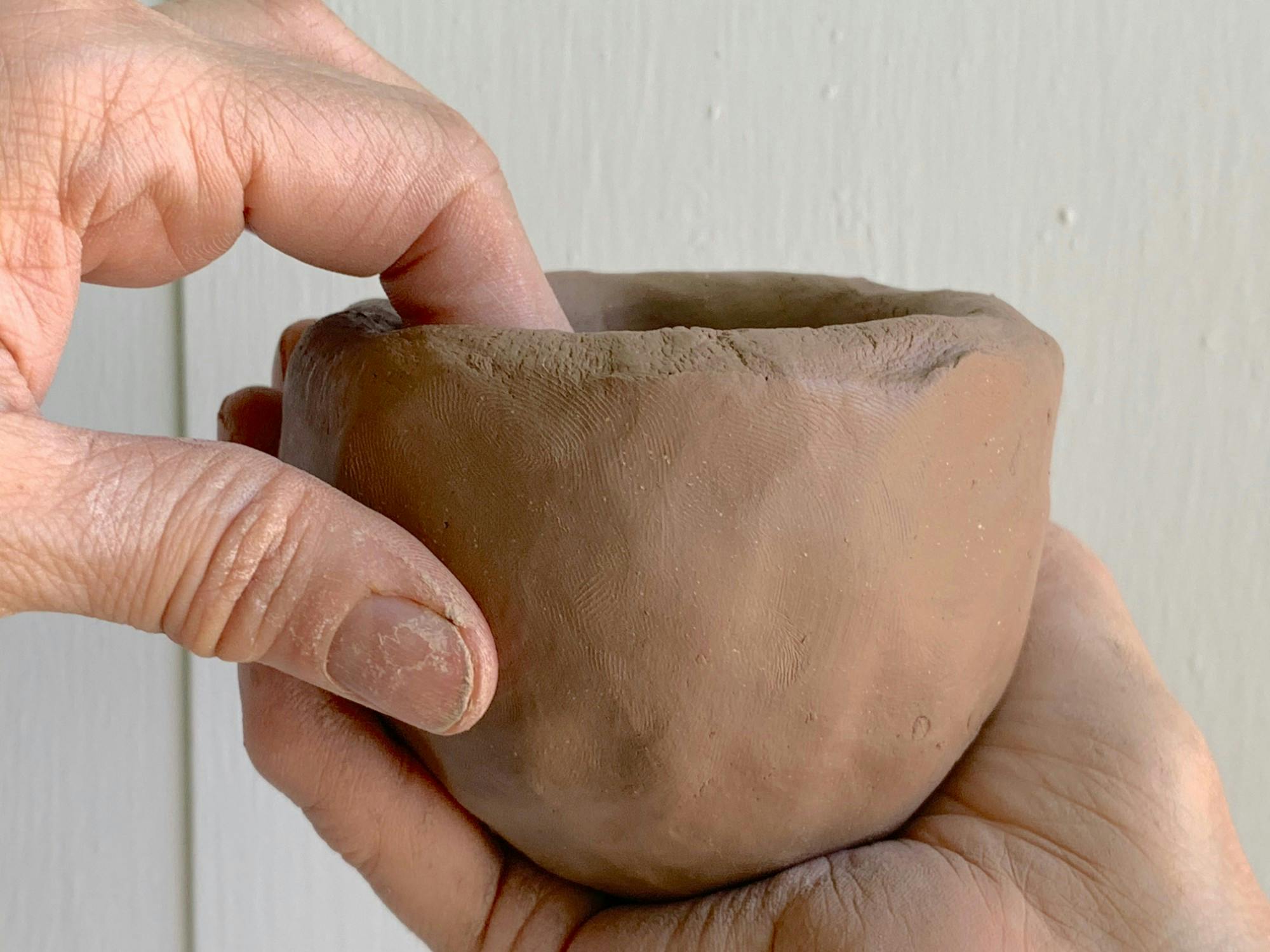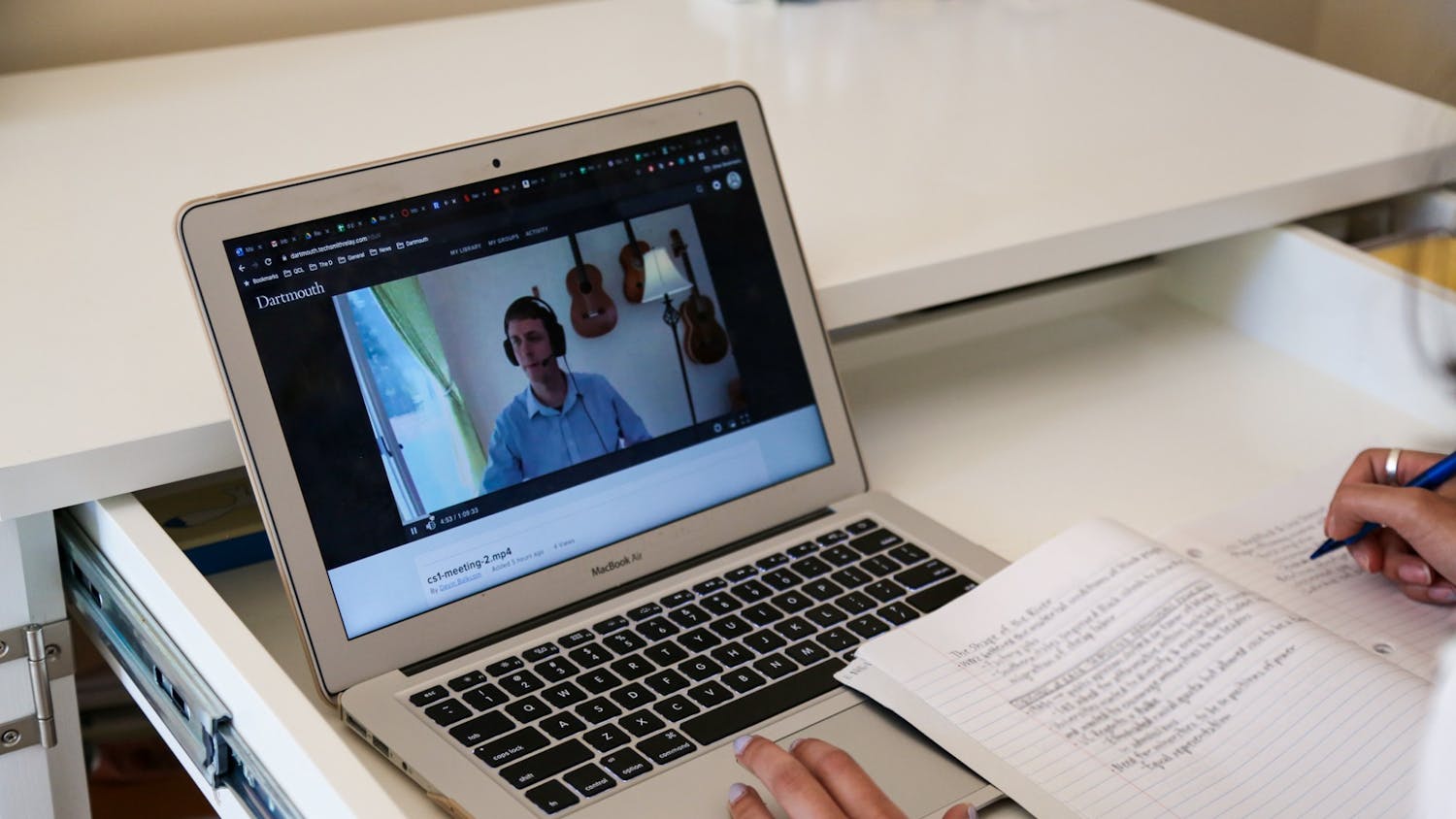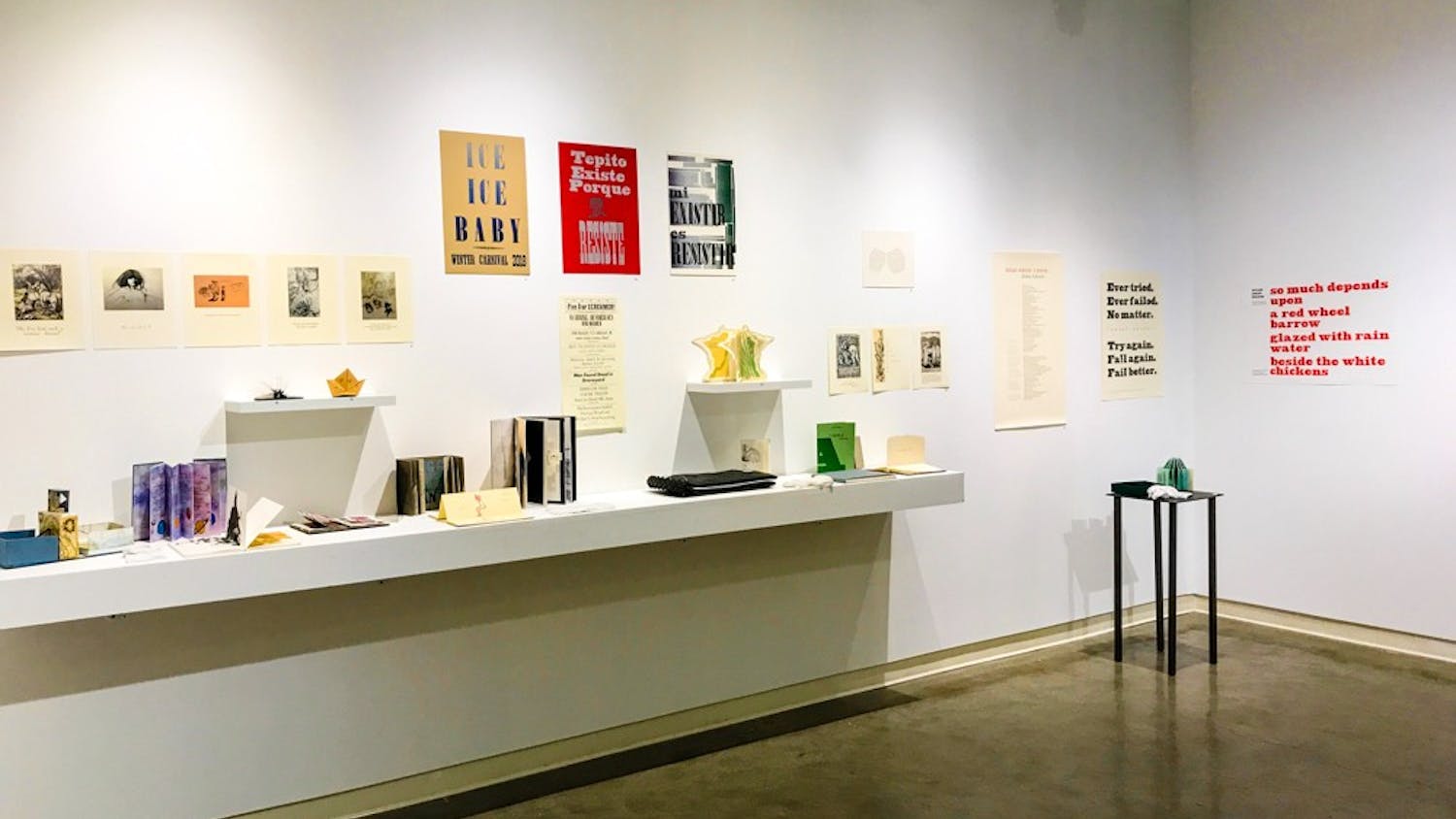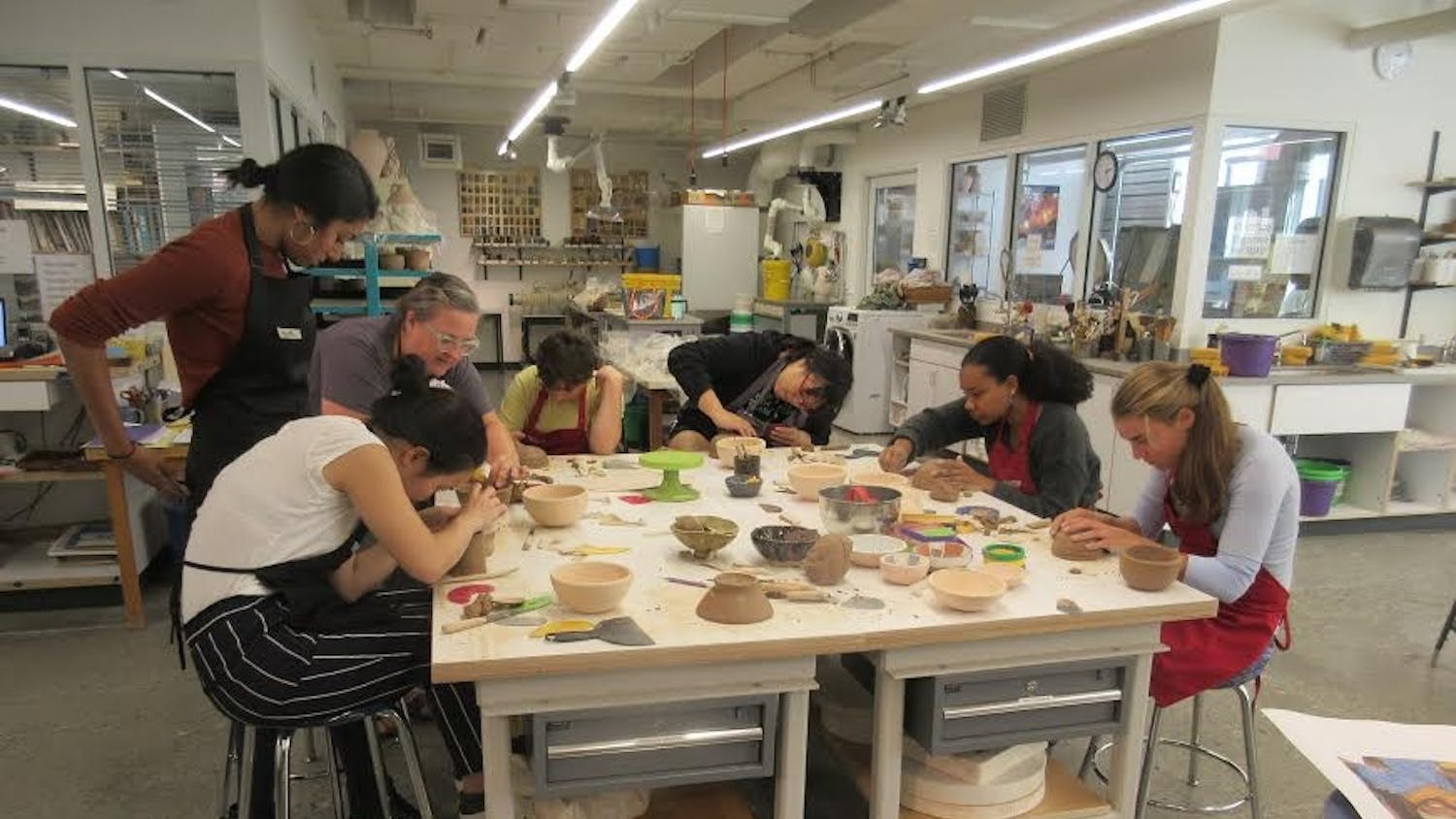The Hopkins Center for the Arts has offered workshops to students since the 1940s, and quarantine has by no means put an end to this practice. According to ceramics instructor Jennifer Swanson, workshops turned to a virtual format during the summer term, with instructors mailing students supplies and guiding the classes over Zoom. Titled the “Make It At Home” workshop series, the virtual program includes workshops focusing on woodworking, ceramics and jewelry-making skills.
Each workshop features a professional instructor, who helps students with hands-on projects in wood, clay, metal and jewelry-making. Upcoming woodworking workshops will concentrate on bas-relief carving, lamp making with a laser cutter, letter carving, chip carving and picture frame making.
In a three-part series, the ceramics studio is teaching basic skills, including building, pinching, coiling, burnishing and carving, according to Swanson.
Meanwhile, the jewelry series is offering courses on 3D modeling, linked bracelets and chains, bead bracelets and wire-wrapping rings and earrings.
Pre-pandemic, the jewelry studio was a popular destination for students seeking to make rings and other accessories.The creative adaptation of virtual classes seeks to maintain this level of interest, allowing for students to use 3D modeling to design rings and have them mailed to their homes, according to Katie McCabe ’21, the jewelry studio’s Hop fellow. After students create their designs, jewelry studio instructor Case Hathaway-Zepeda casts the students’ designs in bronze and ships the physical products to their homes.
All of the necessary materials and tools are mailed to participants. For students on campus, the materials can be sent to their Hinman Boxes. The average cost of all the workshops is around $25, which McCabe said is a good value considering the high-quality materials, including silver, that the students receive.
“I think it was brilliant to send everyone materials — just enough to play with and keep their hands busy and then have something to do once the class ends,” McCabe said.
In addition to the workshops, the Hop also promotes “Coffee Hours,” topic-specific discussions that are free and open to all Dartmouth students. This series provides a casual space over Zoom to chat with jewelry studio instructors Hathaway-Zepeda and Jeff Georgantes, along with featured artists.
These coffee hours and other events in the Make It At Home workshop series include appearances from visiting artists. On Oct. 26 at 5 p.m., the ceramics studio will host Sana Musasama, an artist, social activist and professor of ceramics at Hunter College and the John Jay College of Criminal Justice.
Swanson said that Musasama, a previous artist-in-residence at Dartmouth whose work has been featured in the Hood Museum collection, will discuss her work, global travels, career in the arts and social activism.
The jewelry studio will host two guests this term to participate in “Coffee Hours”: Paulette Werger, a nationally recognized local artist known for her women-owned jewelry business, and Cinnamon Kills First ’09, MALS ’13, a filmmaker, writer and bead artist who is a member of the Northern Cheyenne tribe.
“We’re still doing our best to nurture a creative Dartmouth student community,” Georgantes said. “That’s one of the reasons that we’re still bringing in guest artists to share their perspectives.”
From McCabe’s perspective as a Dartmouth student, the workshops have been a welcoming and exciting way to create meaningful pieces of art. McCabe was a teaching assistant for the jewelry course over the summer and also took the ceramics course. She said she appreciates the efforts put in by the studio instructors to create a virtual space for students who are alone and starved of creative outlets.
“They recognized that students feel lonely, but at the same time it’s exhausting to be on a Zoom call that doesn’t go well,” McCabe said. “We need to have some activity to do together where you’re not pressured to talk.”
These workshops have struck a balance between being a calm, creative outlet and a social and learning space over Zoom. Indeed, as Georgantes said he had hoped, the Make It At Home series has allowed for unique communities to form.
“My favorite part has been building different kinds of community through art,” McCabe said. “I had the jewelry class and we had a GroupMe, and people would send pictures of the rings they made. It became this really wholesome thing that should have just been the hour-long class, but then it became this whole other thing.”
It can be difficult to find a comfortable space over Zoom, but these workshops successfully strike the balance between relaxation and rigor that many other courses hope to achieve. The accessibility of the woodworking, ceramics and jewelry workshops appeals to a variety of students, whether they be interested newcomers or experienced artists.
“I have been impressed by the enthusiasm and attentiveness of the students when we work together virtually,” Swanson said. “They are able to build projects and learn in a different way that is both enjoyable and productive, perhaps relaxing during very stressful times.”





